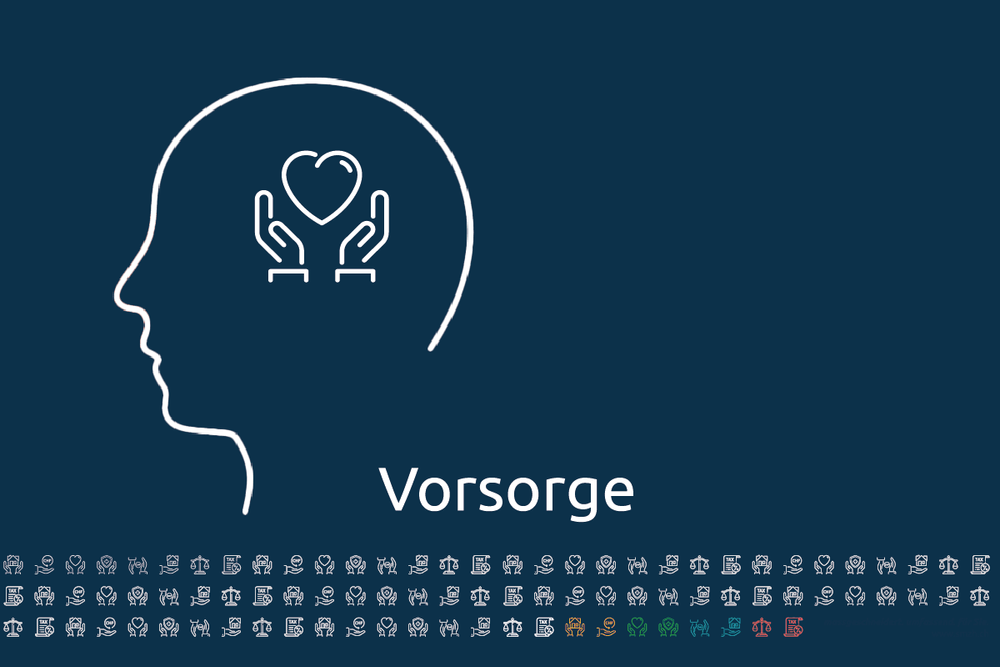
The 3rd pillar is the voluntary private pension provision that forms the third pillar of the Swiss pension system alongside the 1st pillar (state pension provision) and the 2nd pillar (occupational pension provision). The 3rd pillar makes it possible to supplement and optimize individual needs and goals for retirement provision. There are two types of 3rd pillar: the tied 3a and the free 3b.
Pillar 3a is designed for the long term and can only be withdrawn before retirement age in certain cases and for certain purposes. The annual payment amount is limited, but in return pillar 3a enjoys extensive tax advantages.
Pillar 3b, the unrestricted pension plan, is more flexible and subject to fewer regulations. The annual payment amount is not limited and it can be withdrawn at any time. However, compared to pillar 3a, pillar 3b does not enjoy any tax privileges.
Paying into pillar 3 at the beginning of the year has several advantages, both tax and financial. Here are a few reasons why it pays to make the payment as early as possible:
- This is especially true for savers who choose a 3a solution with securities. A comparison shows: Anyone who always pays in at the beginning of the year will have around CHF 10,000 more in their third pillar after 30 years thanks to the compound interest effect than someone who only transfers their annual savings contributions at the end of the year.
- With a 3a account, you benefit from a higher interest rate than with a savings account. However, as long as interest rates are at a low level, the compound interest effect hardly comes into play.
- The deposit can be seen as a kind of savings plan that promotes financial discipline and reduces the temptation to use the money for other expenses.
- The maximum tax deductibility of the deposit for 2024 is CHF 7,056 for employed persons with a 2nd pillar and CHF 35,280 for employed persons without a 2nd pillar. Paying into the 3rd pillar reduces taxable income and therefore the tax burden.
At first glance, the difference seems small. Whether you choose a bank or insurance solution for your pillar 3a pension, both offer comparatively high returns in the current low interest rate environment. Savings 3a is currently one of the most attractive investment options available. Whether insurance or bank, pension assets can be deducted up to a maximum of CHF 7,056 per taxable income. Depending on the canton and the level of income, this can generate an annual tax reduction of up to CHF 2,000.
The main advantage of a pension in a bank account is its flexibility. There is no obligation to pay in. You can also skip an annual payment, which is only possible to a limited extent with a pension policy.
Nevertheless, it is worth looking at both options for your personal situation. For the indirect amortization of a mortgage, for example, an insurance product may be the better solution. In addition to protection in the event of death, the benefits in the event of survival are also guaranteed for the individually determined term. A set savings goal is therefore guaranteed to be achieved - regardless of the future interest rate on 3a bank accounts. Supplemented by a premium waiver, the indirect amortization continues even in the event of disability - a benefit that the 3a bank account does not offer. If the bank requires additional collateral to finance your mortgage, pension policies are welcome pledges.